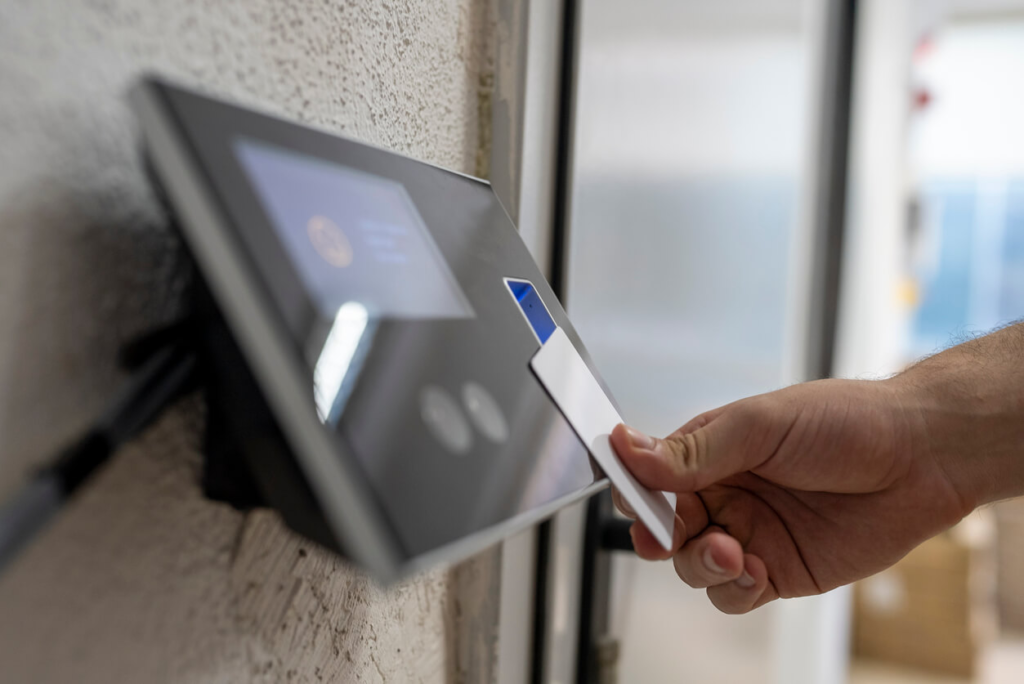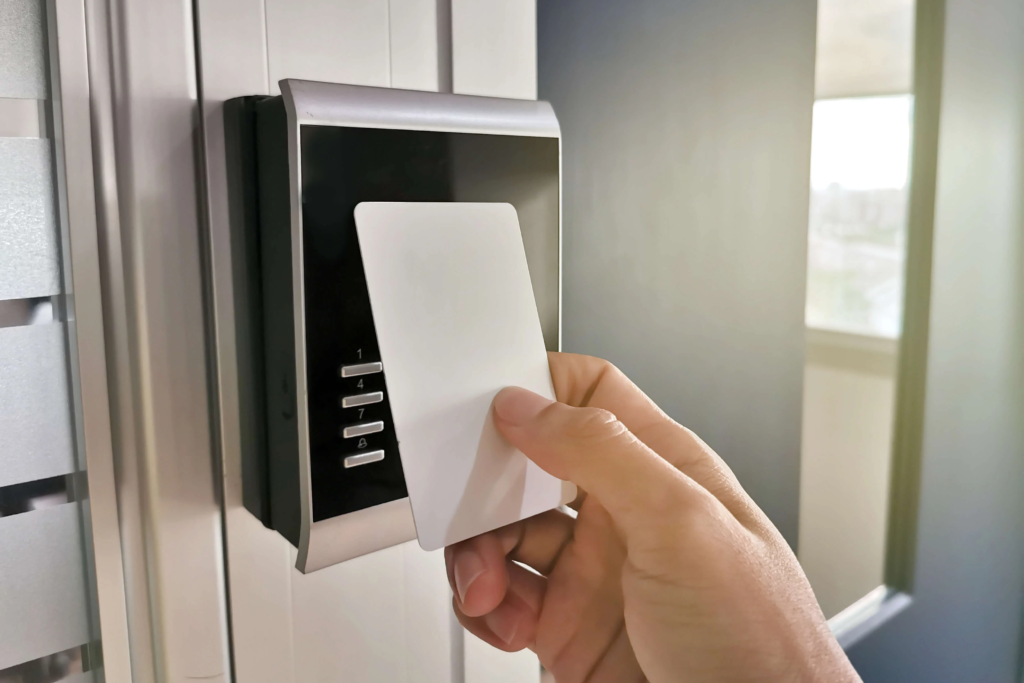
Why Proximity Card Remains Popular for Access Control Systems?
For decades, a proximity card has been a popular solution for access control systems. Many industries favor them because of their ease of operation, reliable performance, and cost-effectiveness. Corporate offices, medical institutions, educational campuses, and hotel venues all rely on this technology for secure access management. Proximity cards use RFID technology to allow users to enter without physical contact or direct line of sight, suitable for areas with high traffic volume and where speed and efficiency are essential. In addition, the technology supports easy integration with various security systems, making it a practical and scalable choice for institutions of all sizes and security levels. Even as new technologies continue to flood the market, its consistent, easy, and convenient performance allows it to remain highly competitive.
Ease of Use Enhances Daily Operations
One key reason the Proximity Card remains popular is its ease of use for both users and administrators. Individuals wave or tap the card near a reader, gaining instant access without needing physical contact or inserting the card manually. This process is intuitive, fast, and easy to adopt, reducing congestion at entry points.
In addition, employees do not require any special training or technical knowledge to use Proximity Cards. This simplicity eliminates the need for long onboarding sessions, saving time and resources for businesses. The ease of use extends to card issuance and deactivation as well. Administrators can quickly program, assign, or revoke access rights through user-friendly management platforms, streamlining security workflows efficiently across departments and locations.

Durability and Low Maintenance Requirements
Proximity Cards are designed for durability, making them ideal for environments that demand heavy, repetitive use. Unlike magnetic stripe cards, Proximity Cards do not rely on exposed contact points, which means there is less risk of physical damage from frequent swiping or handling.
Furthermore, Proximity Card systems require minimal ongoing maintenance. Card readers are typically robust, weather-resistant, and built for long-term use in both indoor and outdoor environments. These devices rarely require repairs or replacements, minimizing operational disruptions. The combination of low maintenance needs and high resilience reduces long-term costs, allowing organizations to maintain consistent access control with minimal resource allocation and maximum peace of mind.
Strong Security Features and Customization Options
Security is a primary reason why many organizations continue to choose Proximity Cards for access control. These cards offer robust encryption protocols that protect data during transmission between the card and the reader, making it difficult for unauthorized users to intercept or clone them easily.
Additionally, many access control systems allow administrators to customize user privileges and establish strict access policies. Organizations can implement tiered access levels, restricting entry to specific areas based on roles or schedules. Many also combine Proximity Cards with secondary authentication methods like PINs or biometrics for enhanced protection. This flexibility allows businesses to create highly tailored security setups that meet their operational and regulatory needs effectively.

Cost-Effective Solution for Large-Scale Deployment
Affordability remains a key factor behind the continued popularity of Proximity Cards in access control systems worldwide. These cards are relatively inexpensive to produce, even when purchased in large quantities, making them an ideal option for businesses with extensive workforces or multiple locations.
Moreover, Proximity Card readers are competitively priced and widely available across vendors and suppliers. Their ease of deployment means lower installation costs and faster implementation compared to more complex alternatives. Combined with minimal maintenance expenses, Proximity Cards provide excellent long-term value. Companies seeking a budget-friendly yet effective security solution often find Proximity Cards to be the most practical and efficient choice for meeting their access control requirements.
Seamless Integration with Existing Systems
Proximity Cards integrate seamlessly with most existing access control and security systems. Many legacy and modern security solutions are already compatible with Proximity Card technology, making system upgrades or expansions smooth and cost-effective. Organizations can add new readers or cards without extensive hardware overhauls.
Additionally, Proximity Cards work well with advanced management software, allowing centralized control over multiple access points and facilities. Administrators can easily adjust access permissions, generate usage reports, and monitor entry logs through unified platforms. This integration streamlines overall operations, simplifies facility management, and strengthens security consistency across various locations and departments, all with minimal effort.

Scalability for Growing Organizations
Another key advantage of Proximity Card systems is their exceptional scalability. As businesses grow and expand into new locations or facilities, they can easily scale their access control systems by issuing additional cards and installing new readers with minimal hassle or disruption.
Furthermore, Prox Card systems can evolve alongside changing security needs. Organizations can integrate higher-level encryption, implement cross-site access controls, or even incorporate mobile credential options if needed. This adaptability makes Proximity Cards a future-proof solution that accommodates long-term growth while maintaining system consistency, allowing organizations to stay ahead of security challenges without frequent, costly technology overhauls.
Why Proximity Card Continues to Lead in Access Control
Proximity cards are still the most trusted and commonly used solution in the access control industry. Proximity cards are the preferred option for various industries, including education and healthcare, for their ease of use, durability, and strong security. They are also favored by enterprises for their affordability, user-friendliness, and scalability.


